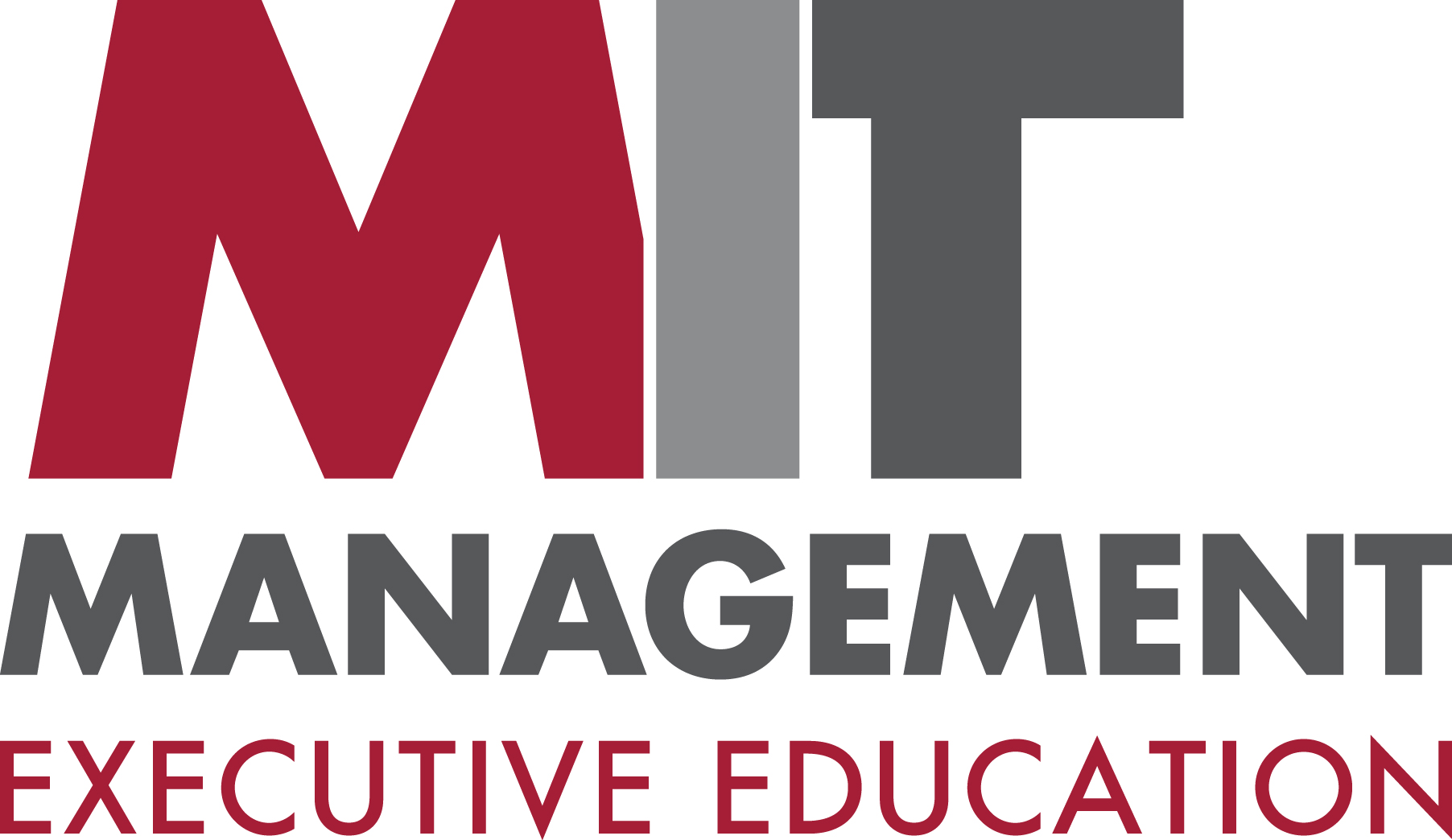- Innovation
Deep-Diving MIT Sloan’s Innovation Approach
Watch the video highlights from IEDP’s innovation deep-dive with MIT Sloan’s Professor Fiona Murray and Dr Phil Budden
Research universities are by definition embedded in the processes of innovation, but MIT can perhaps lay claim to a far greater association with innovation than most or all of its peers.
Innovation is something that is integral to MIT’s self-perception and academic DNA. In this context it was great for IEDP to have the opportunity to sit down with two senior faculty from MIT’s Sloan School of Management to dig into the topic of innovation, and explore in-depth what drives it, and how to best create environments to foster it.
Fiona Murray, the Alvin Siteman Professor of Entrepreneurship, Associate Dean for Innovation and Director of MIT’s Innovation Initiative – along with her colleague Dr Phil Budden, Senior Lecturer at MIT's Management School, in Sloan's TIES (Technological Innovation, Entrepreneurship and Strategic-management) Group – were in London recently and spoke with IEDP’s Editorial Director Roddy Millar.
In this clip Fiona Murray explains the importance of diversity in the innovation process:
Professor Murray clarifies MIT’s particular definition of innovation too. “We need to define innovation carefully so that we can lead it and manage it more effectively. At MIT we define innovation as ‘the process by which we take ideas from inception to impact.’ We think of it as a process so that we don't become fixated or obsessed with specific technologies or gadgets or business processes.”
Innovation falls on a spectrum, and for Murray and Budden it is as important to recognise the small-step progressions as much as the larger leaps. “We think about innovation as ranging on a spectrum from little ‘i’ innovation, the 10% incremental improvements we might make to a particular solution or adaptation to solve slightly new problems – all the way out to the frontier, to the 10X kinds of solutions and innovations that are absolutely transformative.”
With this range of innovation interventions in mind Murray describes the Innovation-Novelty graph they utilize to match problems with solutions – plotting innovation ideas or concepts against ‘degree of novelty’ axes for the problem, and the solution.
Here Murray explains:
They also consider how innovation is located not just in organizational terms but also within a wider ecosystem of players. “We recognise that innovation not only happens inside your organizational system, but is absolutely embedded in innovation ecosystems, which are rich in resources that will support your activities and allow you to be an effective innovation leader,” says Murray.
Here Dr Phil Budden illustrates MIT’s ‘5 Stakeholder Model’ for innovation – and within that the crucial role government has to play:
Budden builds on this, reflecting that while technology was supposed to make location irrelevant, the reality is somewhat different: “Tom Friedman's book, The World is Flat, was a really important book and it implied that with the digital technologies and the internet, anything could happen anywhere. And I think we've seen effectively over the last 15 years that that's not the case. That certain places on the planet have been better at this kind of innovation. We think of Silicon Valley, Boston's Kendall Square, London, Israel, Singapore.”
During our wide-ranging conversation the pair go on to describe some best practice ideas around how these innovation hubs are developed and the tactical importance of ensuring diverse teams, creating experimentation ‘permission space,’ and viewing innovation through the three lenses of Strategic Design, Competitive Structure and Culture (citing MITs Ed Schein and John Van Maanen’s work).
………………………………………………………………………………………………………………
You can watch the full-length interview here:
And you can learn more about innovation at MIT here: executive.mit.edu/innovation
MIT Sloans’s extensive suite of innovation programs include:
- Corporate Innovation: Strategies for Leveraging Ecosystems (self-paced online)
- Driving Strategic Innovation: Achieving High Performance Throughout the Value Chain
- Innovating in Existing Markets: Reviving Mature Products and Services
- Innovation Ecosystems: A New Approach to Accelerating Corporate Innovation and Entrepreneurship
- Innovator's DNA: Mastering Five Skills for Innovative Disruption
- Questions Are the Answer: A Breakthrough Approach to Creative Problem Solving, Innovation, and Change
MIT Sloan is uniquely positioned at the intersection of technology and business practice, and participants in our programs gain access to MIT’s distinctive blend of intellectual capital and practical, hands-on learning.
ARTICLES YOU MIGHT LIKE
VIEWPOINT
Cognitive neuroscientist, Lynda Shaw, explains how to understand and support intrapreneurs
DEVELOPING LEADERS QUARTERLY MAGAZINE AND WEEKLY BRIEFING EMAILS


































